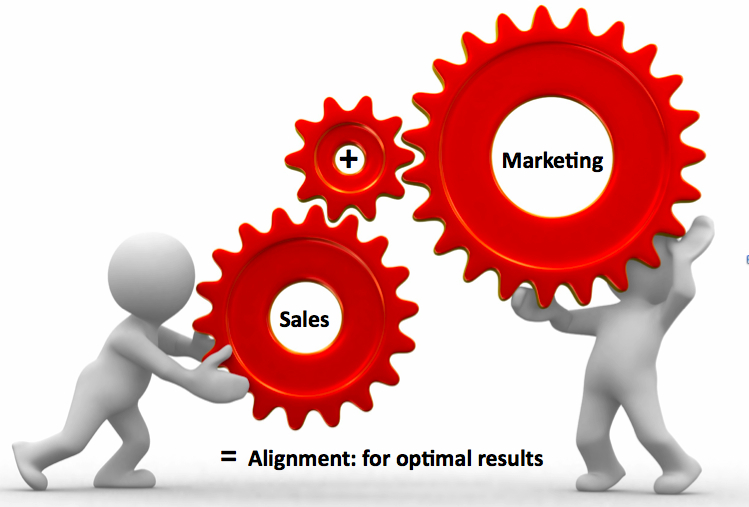1. Content Marketing:
Content marketing refers to the marketing focused on creating, publishing and distributing content to online targeted audience.It is a crucial element for B2B lead generation. It is often used by businesses in order to attract attention, generate leads, expand their customer base, generate online sales, increase brand awareness or engage an online community of users. While pursuing content marketing, the main focus of the businesses should be the needs of the prospect or customer.
Once a business has identified the customer’s need, information can be presented in a variety of formats, including news, video,white papers, e-books, infographics, email newsletters, case studies, podcasts, how-to guides, question and answer articles, photos, blogs, etc. The appropriate type of content for any business will depend on the business’ goals and target customer.

2. Search engine marketing:
Search engine marketing includes both paid search results (using tools like Google Adwords or Bing Ads, formerly known as Microsoft ad-center) and organic search results (SEO) and plays a crucial rule in B2B lead generation. It includes the following steps:
- Keyword research and analysis: It involves ensuring the site can be indexed in the search engines, finding the most relevant and popular keywords for the site and its products, and using those keywords on the site in a way that will generate and convert traffic.
- Website saturation and popularity: It means how much presence a website has on search engines, can be analyzed through the number of pages of the site that are indexed by search engines (saturation) and how many back links the site has (popularity).
- Back end tools: These include Web analytic tools and HTML validators which provide data on a website and its visitors and allow the success of a website to be measured.
- Whois tools: They reveal the owners of various websites and can provide valuable information relating to copyright and trademark issues.
- Google Mobile-Friendly Website Checker: This test will analyze a URL and report if the page has a mobile-friendly design.


























































